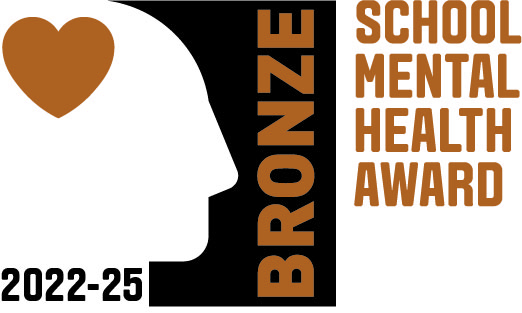Scooter Safety
Over the past few years, it would have been difficult not to notice the increasing popularity of scooting on the way to school. Scooters are much easier to master than a bicycle, and are more convenient for a parent /carer to carry should their child lose interest on the way. They are also great fun and can be used to help promote active travel, and a more active lifestyle. Walking, scooting or cycling to school can make a great start to the school day, with pupils arriving invigorated and ready to learn. Their use also promotes key skills such as balancing, spatial awareness and risk management. Even better, the increased use of scooters may help to reduce the number of vehicles on the road at peak travel times.
Like other wheeled toys though, they can be dangerous without the proper safety precautions in place. Scooter safety education is important for all children be they in the early years / KS1 level or much older, and is as important as learning to cross the road. At school we combine this with discussing cycle safety and have identified key rules for safe scooting, many of which are the same for cycling (see below).
We have received a few concerns from parents and local residents that have experienced a near accident as a child has crossed their path whilst riding their scooter or bike without showing consideration for
pedestrians, or who have been concerned for the safety of a child who is travelling at great speed without a cycle helmet. To keep everyone safe, please ensure you reinforce the following rules with your children:
1. Wear a helmet: no matter how short the journey, or how much you care about helmet hair. They save lives!
2. Be seen: particularly on darker days/evenings. Wear a reflective jacket or strip and perhaps attach a light to your scooter. If there is any doubt, get off and push the scooter, it is better to take a bit longer than to have an accident.
3. Check your scooter: regularly check to make sure it is in good working condition. Does the brake work properly? Do the wheels spin correctly? Do the handlebars turn smoothly?
4. Be heard: Attach a bell to your scooter, roads and pavements are noisy, so it’s important that other people can hear you coming. Please remember, it is important to be considerate, having a bell is no excuse for scooting at speed and using it to tell people to get out of the way.
5. Control your speed: The faster you go, the longer time you will need to come to a stop. Never go too fast on pavements or anywhere near roads, as you (or vehicles coming towards you) might not have the space to slow down!
6. Be aware of other people: Pavements, streets and roads are used by lots of other people who are walking, bicycling, skateboarding and driving, so always look around carefully to see where they are. Do not try to push past other pedestrians, or weave in and out of pedestrians.
7. Stop at the kerb and be aware of driveways: ALWAYS STOP at kerbs, and be AWARE that cars may be entering or exiting driveways. Stop your scooter by bending your knees and pressing firmly on the brake. When crossing the road, dismount from your scooter.
8. Never scoot on the road: Never, ever, ever scoot on the road, not even for a second. Always push your scooter when crossing.
9. Travel with an adult: Even if it’s just a short distance, make sure you have a parent, school teacher or another adult who you know accompanying you so that you can learn the route.
10. Remember the Green Cross Code: Always STOP, LOOK and LISTEN before crossing any road, and if possible use a designated crossing point or subway.







